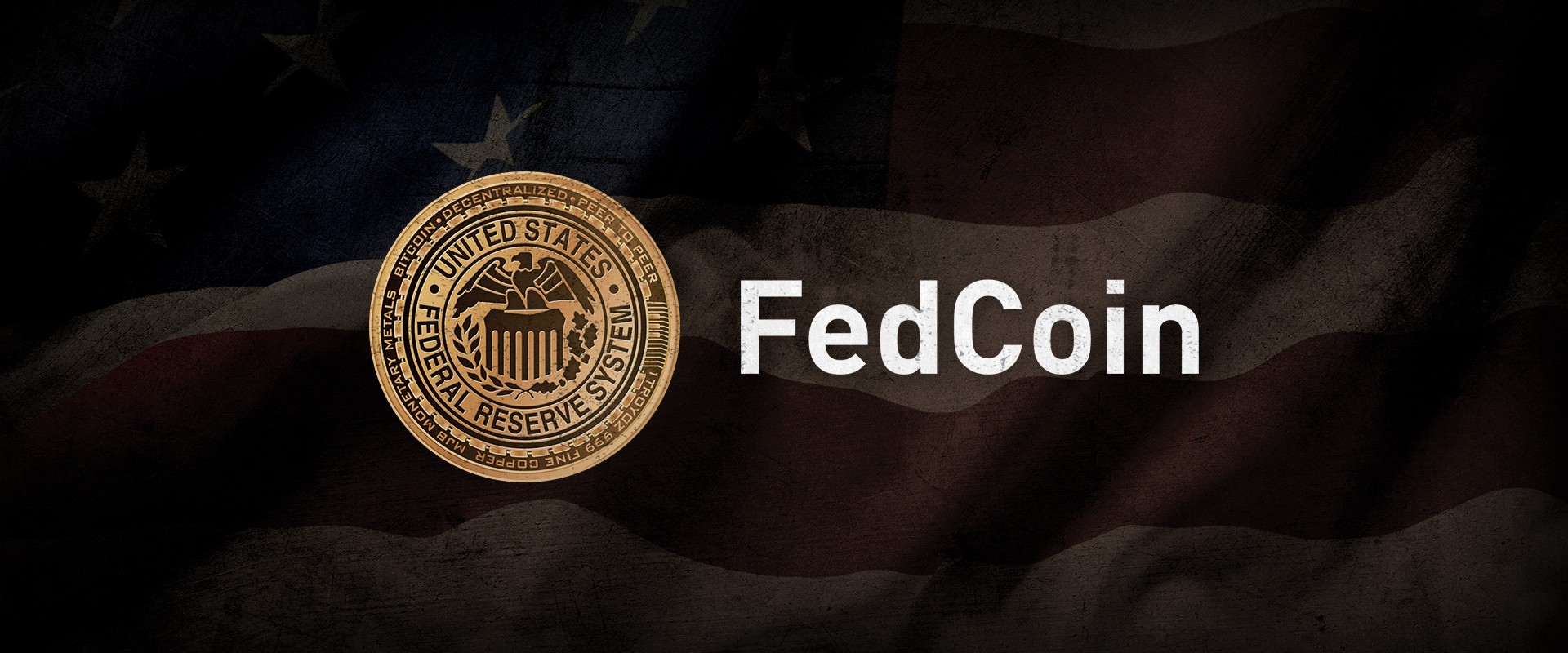PALO ALTO, Calif. (Reuters) - The Federal Reserve is taking a look at a broad series of concerns around digital payments and currencies, consisting of policy, design and legal factors to consider around potentially providing its own digital currency, Governor Lael Brainard stated on Wednesday. Brainard's remarks suggest more openness to the possibility of a Fed-issued digital coin than in the past." By changing payments, digitalization has the potential to deliver higher value and benefit at lower expense," Brainard said at a conference on payments at the Stanford Graduate School of Company.
Reserve banks internationally are discussing how to manage digital financing innovation and the distributed ledger systems used by bitcoin, which promises near-instantaneous payment at possibly low cost. The Fed is establishing its own day-and-night real-time payments and settlement service and is currently evaluating 200 remark letters sent late in 2015 about the proposed service's style and scope, Brainard said.
Less than 2 years ago Brainard informed a conference in San Francisco that there is "no compelling demonstrated need" for such a coin. But that was before the scope of Facebook's digital currency ambitions were commonly understood. Fed officials, consisting of Brainard, have raised issues about consumer protections and data and privacy dangers that could be posed by a currency that might enter usage by the third of the world's population that have Facebook accounts.
" We are teaming up with other reserve banks as we advance our understanding of main bank digital currencies," she said. With more countries looking into providing their own digital currencies, Brainard said, that includes to "a set of factors to also be making sure that we are that frontier of both research and policy advancement." In the United States, Brainard stated, issues that require study include whether a digital currency would make the payments system safer or simpler, and whether it might pose monetary stability threats, consisting of the possibility of bank runs if money can be turned "with a single swipe" into the central bank's digital currency.
To counter the financial damage from America's unprecedented nationwide lockdown, the Federal Reserve has actually taken unmatched actions, including flooding the economy with dollars and investing straight in the economy. Most of these relocations got grudging approval even from lots of Fed doubters, as they saw this stimulus as required and something only the Fed could do.

My new CEI report, "Government-Run Payment Systems Are Risky at Any Speed: The Case Against Fedcoin and FedNow," information the threats of the Fed's existing strategies for its FedNow real-time payment system, and proposals for central bank-issued cryptocurrency that have been dubbed Fedcoin or the "digital dollar." In my report, I talk about concerns about privacy, data security, currency manipulation, and crowding out private-sector competition and development.
Supporters of FedNow and Fedcoin state the government should develop a system for payments to deposit immediately, instead of encourage such systems in the economic sector by raising regulatory barriers. But as noted in the paper, the economic sector is providing an apparently unlimited supply of payment technologies and digital currencies to fix the problemto the level it is a problemof the time space between when a payment is sent out and when it is received in a bank account.
And the examples of private-sector development in this area are lots of. The Clearing Home, a bank-held cooperative that has been routing interbank payments in numerous kinds for more than 150 years, has been clearing real-time payments since 2017. By the end of 2018 it was covering 50 percent of the deposit base in the U.S.